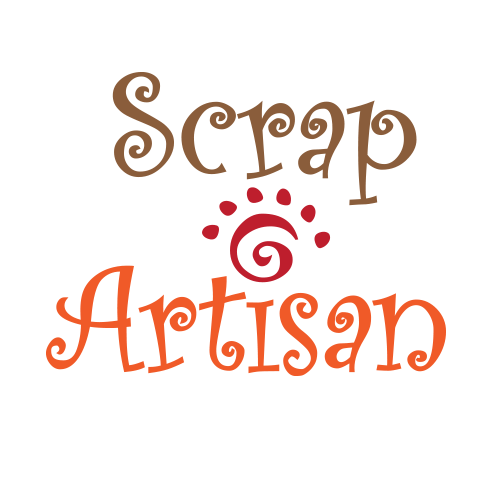This is an instruction on how to make appliques or patches from your old existing clothes or scraps of fabric. The appliques I make and sell are little different from regular embroidery appliques. As a matter of fact, I only embroider the perimeters of the appliqués, so that you don’t need a special embroidery sewing machine to make them.
I started to make them to utilize fabric scraps, and seal the holes of my jackets and pants. You may need to buy a couple of special materials and a little bit of techniques to make your own appliqués. If you have school age children or you repair your own garments, this may be a good thing to know.
Instruction is easier to see the video, so that I don't repeat here. But I couldn't refer to the items and tools for the project in details.
The items you need:
- Fabric scraps: You don’t need to buy something new. As I stated, old shirts or dresses would do it. If you want to buy something, thrift shops are a good place to go, because it’s much cheaper and environmentally friendly than buying yards of new fabric.
- Embroidery stabilizer: Basic function of embroidery stabilizer is to prevent your project from being messed up while sewing. I didn’t use it at the beginning, because I didn’t understand, but soon I realized that embroidery stabilizer is important. There are several different kinds of embroidery stabilizers, depending on the purpose. But for this project, I recommend a fusible iron-on tearaway type. Mine is from New Brothread, and pretty good.
- Iron-on adhesive: It is optional, if you like to stick your appliqués on clothes with heated iron, but I usually use it, because it keeps the appliqué in its place while sewing. I recommend to hand stitch around the perimeter of the appliqué anyway for extra security.
- Open toe pressor foot: Highly recommend to use an open toe pressor foot, otherwise the view of the sewing will be obstructed.
- Machine embroidery threads: You can get away with a regular thread, but embroidery threads are shiny and many makers sell in a bundle of many different colors. It's just fun to see and you feel like to make more appliqués.
- Microtex needles: Needles are also optional, but if your experience your project is being sucked into the sewing machine repeatedly, buying Mirotex needle may be a good idea. They have sharper needle head than the regular needles. I am using Schmetz 80/12.
- Teflon sheet: This is very important when using iron-on adhesives. Otherwise the glue sticks to the iron or iron board.
- Scissors: Strongly recommend to invest on scissors, if you will be working on fabric. Cheap scissors make you frustrated and mess up projects. Buy the most expensive scissors you can afford.
I hope you will enjoy making your own appliqués. If you have any questions, suggestions, or any comments, feel free to send it to me here or on YouTube.

